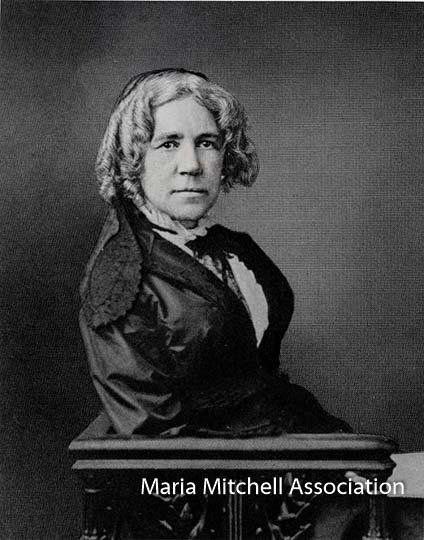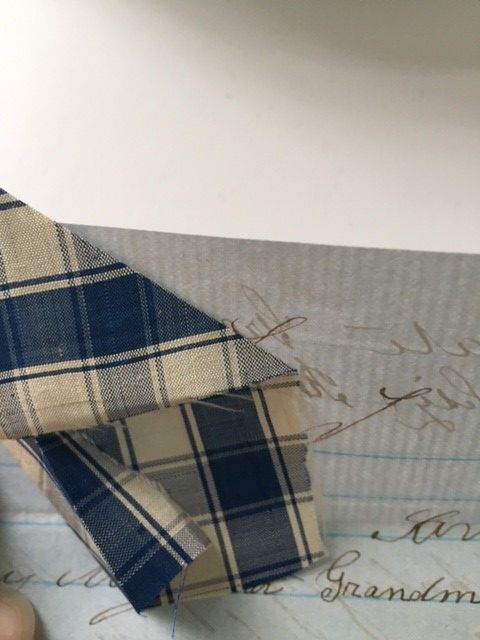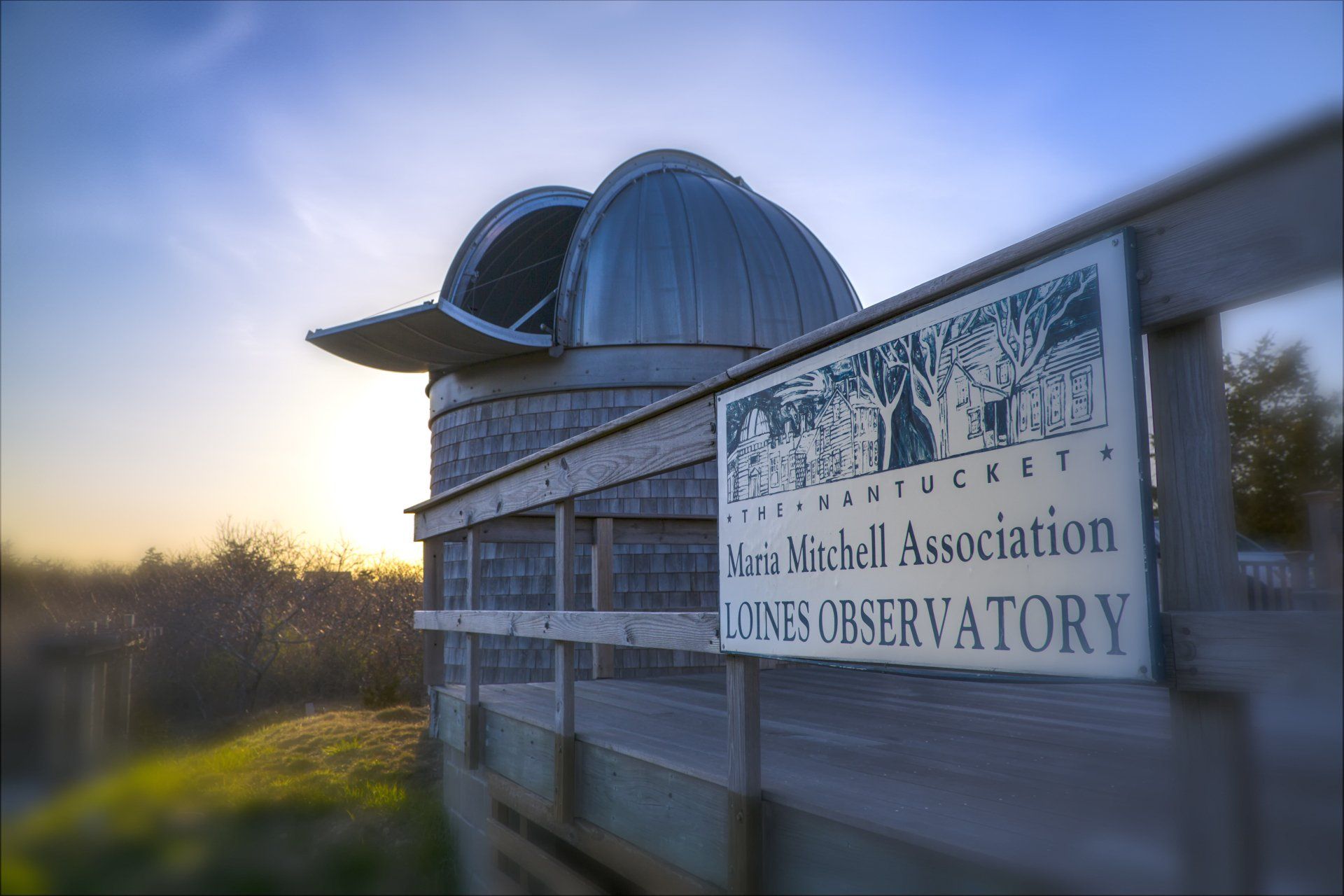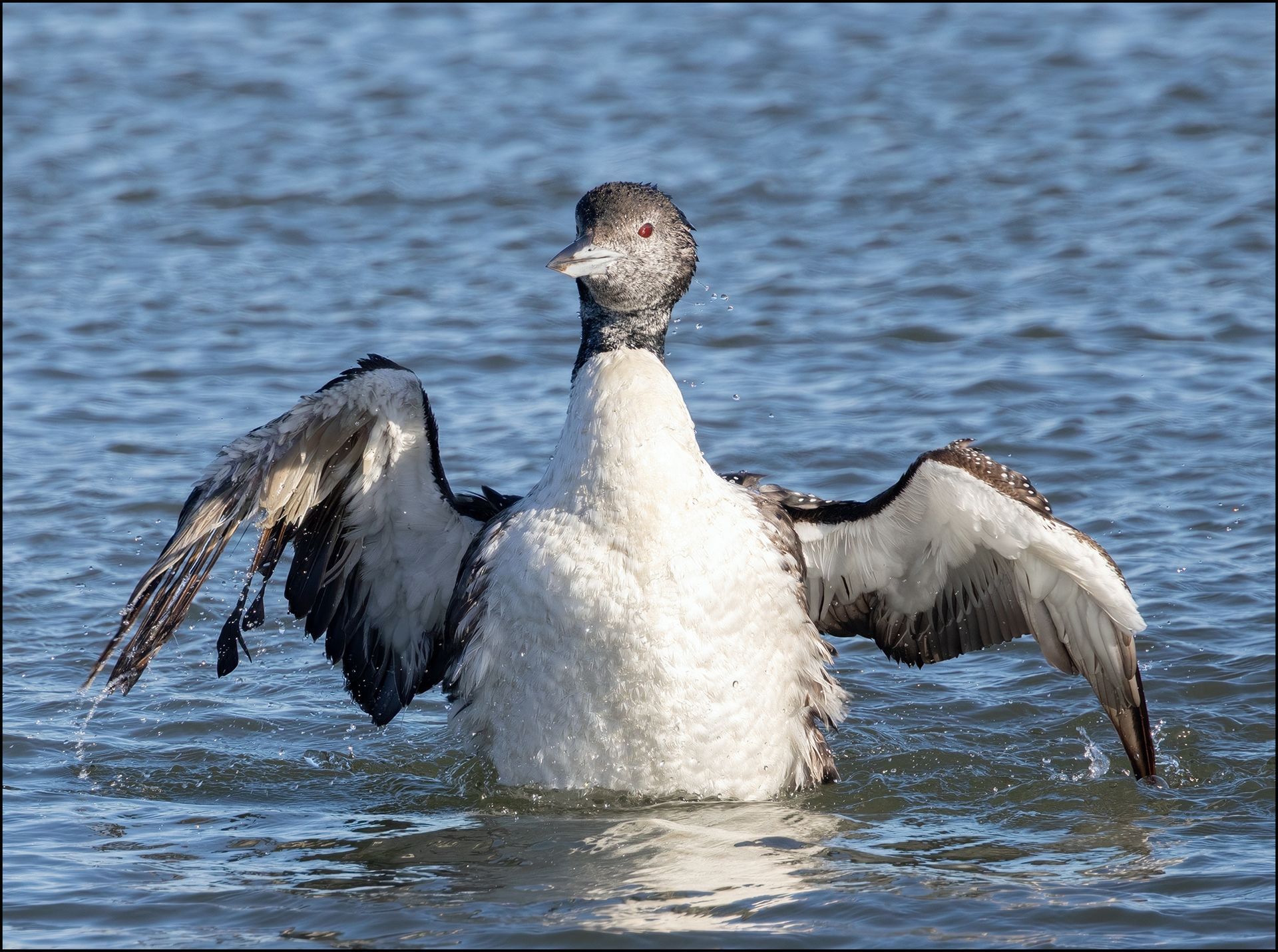Maria Mitchell In Her Own Words
Given our recent weather, I wanted to reblog this from 2014.
1857 Jan 22. Hard winters are becoming the order of things. Winter before last was hard, last winter was harder and this surpasses all winters known before. We have been frozen in to our Island now since the 6th. No one said much about it for the first two or three days. The sleighing was good and all the world was out trying their horses on Main St. – the race-course of the world. Day after day passed and the thermometer sank to a lower point and the minds rose to a higher, and sleighing became uncomfortable and even the dullest man longed for the cheer of a newspaper. The Inquirer came out for a while, but at length had nothing to tell and nothing to Inquire about and so kept its peace . . . .
Inside the houses we amuse ourselves in various ways. Frank’s family and ours form a club, meeting three times a week and writing machine poetry in great quantities. Occasionally something very droll puts us in a roar of laughter. Frank, Ellen and Kate I think are rather the smartest, tho’ Mr. Macy has written rather the best of all.
Some things never change and Maria Mitchell and her family were confronted with a cold and snowy winter, rendering them – and the island – house-bound due to the bitter weather. Maria writes in her journal of the sitting room at the Pacific Bank − where the family lived on the second floor − not getting above forty degrees in the evening, though she implies this was fairly snug which helps you get a better feeling for what winter home interiors were like in those days. With constant clouds, Maria found that she could not observe but it seems she likely got to know her sister-in-law, Ellen, much better (Ellen married Francis “Frank” Macy Mitchell – younger brother of Maria in April 1853), as well as Mr. Macy – Alfred Macy – a lawyer and the head of the Coffin School for several years. Alfred would marry Anne Mitchell (younger sister of Maria) in May of 1857 – perhaps the confined quarters help to kindle the romance all the more!
JNLF
Recent Posts




